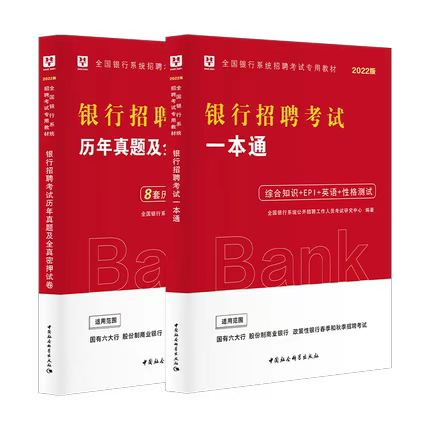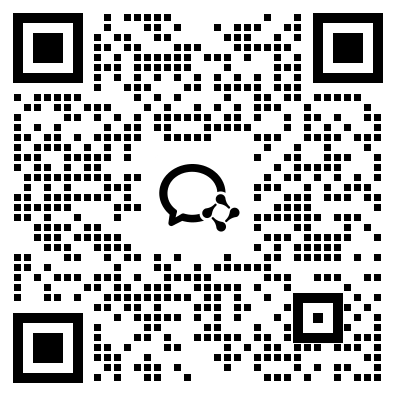Passage 1
Smarter Silicon: A Brighter Future with Robots
The human brain contains 10 thousand million cells and each of these may have a thousand connections. Such enormous numbers used to discourage us and cause us to dismiss the possibility of making a machine with a human-like ability, but now we have grown used to moving forward at such a pace we can be less sure.
Quite soon, in only 10 or 20 years perhaps, we will be able to assemble a machines as complex as human brain, and if we can we will. It may then take us a long time to render it intelligent by loading in the right software or by altering the architecture, but that too will happen.
I think it certain that in decades, not centuries, machine of silicon will arise first to rival then exceed their human ancestors. Once they exceed us they will be capable of their own design. In a real sense, they will be able to reproduce themselves. Silicon will have ended carbon’s long control. And we will no longer be able to claim ourselves as the finest intelligence in the known universe.
As the intelligence of robots match that of humans and as their costs decline through economies of scale, we may use them to expand our frontiers, first on earth through their ability to withstand the environments, harmful to ourselves. Thus, desserts may bloom and the ocean beds be mined. Further ahead, by a combination of the great wealth this new age will bring and the technology it will provide, the construction of a vast, man-created world in space, homes to thousands or millions of people, will be within our power.
1. In what way can we make a machine intelligent?
A.By making it work in such environments as desserts, oceans or space.
B.By working hard for 10 or 20 years.
C.By either properly programming it or changing its structure.
D.By re-producing it.
2. What does the writer think about machines with human-like ability?
A.He believes they will be useful to human beings.
B.He believes they will control us in the future.
C.He is not quite sure in what they may influence us.
D.He doesn’t consider the construction of such machines possible.
3. The word “carbon” in paragraph 3 stands for ___.
A.Intelligent robots;
B.a chemical element;
C.an organic substance;
D.human beings.
4. A robot can be used to expand our frontier when ___.
A.its intelligence and costs are beyond question.
B.it’s able to bear the rough environment.
C.it is made as complex as human brain.
D.its architecture is different from that of the present ones.
5. It can be inferred from the passage that ___.
A.After the installation of a great number of cells and connections, robot will be capable of self-reproduction.
B.With the rapid development of technology, people have come to realize the possibility of making a machine with human-like ability.
C.Once we make a machine as complex as the human brain, it will possess intelligence.
D.Robots will have control of the vast, human-made world in space.
1.【答案】C。第二段末尾提到:是机器人拥有智能要么安装合适的软件,要么改变架构。
2.【答案】A。观点态度。作者提到智能机器人可以做很多好事情,所以态度是正面的,故排除C,选择A。同时文中虽然说到机器人会超越人类,但并没有说会控制人类,所以B错误。D与第二段结尾“that too will happen”矛盾。
3.【解析】D文中说硅会取代碳的长期统治地位。硅指的是智能机器人,那么碳自然应该是指人类。
4.【答案】A。事实细节。对应第四段开头。
5.【答案】B。推理判断。文中说机器人自我繁殖就是设计自己,故A错误;同时制作出复杂的机器人之后,还要花时间安装软件和改变架构,故C错误;D的控制人造出的世界,文中并未提及。











